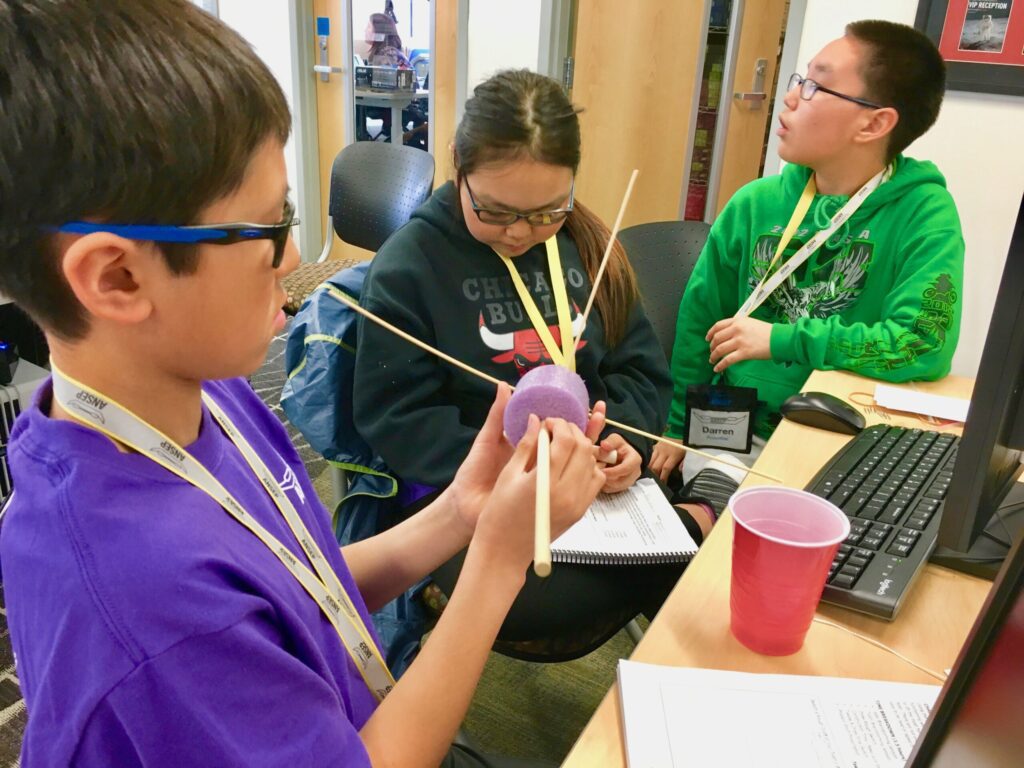Alaska’s criminal justice system is expensive, ineffective, and unsustainable—that’s the hard truth shared by a group of legal experts on the Alaska Criminal Justice Commission visiting Nome seeking input from residents of western Alaska on ways to reform the system.
The 13-member commission includes a diverse group—from judges and attorneys, to state agencies and mental health specialists, to Alaska Native and victim’s rights advocates. The commission has three years to make recommendations to the state legislature on reimagining Alaska’s law enforcement, courts, and incarceration systems.
“They needed to come up with new thinking, new ways of doing business,” said Greg Razo, an attorney with more than 20 years of experience in the state and the commission’s Alaska Native representative. “Because they can’t afford to do it the old way anymore. It’s just too expensive. It’s too expensive to just build prisons and throw more people in jail.”
According to the commission, the state’s own data shows two out of every three offenders are expected to re-offend within three years of their release. The big idea, Razo said, is to reduce recidivism through “justice reinvestment:” spending less in corrections and more on “other strategies” like treatment programs.
Treatment and other alternatives to incarceration, commission attorney Mary Geddes said, demands a hard look at how the state runs its prisons today.
“We have questions about whether or not this is a good use of our incarceration facilities: that it’s housing non-violent offenders. that it’s housing so many people on a pre-trial basis … that means people who have not been found guilty but are still sitting in jail waiting for the resolution of their cases. And that it’s housing people who essentially have substance abuse disorders,” she said.
“Is that a good use of that expensive resource?”
The response from the audience at Kawerak’s Rural Providers Conference yesterday was a resounding “no.”
Elders from the region told stories of “all their kids being in jail;” of grandmothers on fixed incomes housing and feeding their grandchildren as sons and daughters found themselves arrested and re-arrested and brought to hubs like Nome or Anchorage to serve jail time.
Kodiak elder Irene Coyle joined a chorus of speakers calling for local solutions.
“We have troubled adults and teens, and they’re being taken away from the village, and they go to the cities. I just see that’s very expensive,” she said. “I think with the tribal, being where they are now, need to be more stronger, in the criminal justice, so that we can deal with our own people at the villages and continue to find ways to discipline their actions and be responsible and accountable.”
That system is expensive: costing about $58,000 a year for every prisoner in a “hard bed.” That’s on top of huge costs related to incarceration, like the $240 million Goose Creek Correctional Center in Point MacKenzie. Already filled to capacity, at the state’s current rate of incarceration, Alaska would need another multi-million dollar prison in just three years.
Advocate Keith Morrison of Nome told the commission spending that money instead on local justice systems is a better idea, but he emphasized the state cannot walk away from the current system, or its obligations, without paying for something to take its place.
“There will always be costs,” Morrison said. “The question is, do you want costs to be an investment and on the front end, in stemming these problems? Or would you rather be reactive, like the justice system, and only pay for it on the back end, and not be on the community level?”
He added that “there needs to be a reallocation of funds so that the same amount of money that went into this broken system can be reinvested into the communities to build the community system.”
Another speaker from Koyuk urged commissioners to go out to nearby communities—and not end their trip to rural Alaska in Nome.
The commission can make regular recommendations to the legislature over the next three years, before delivering its final recommendations by February 2017.







